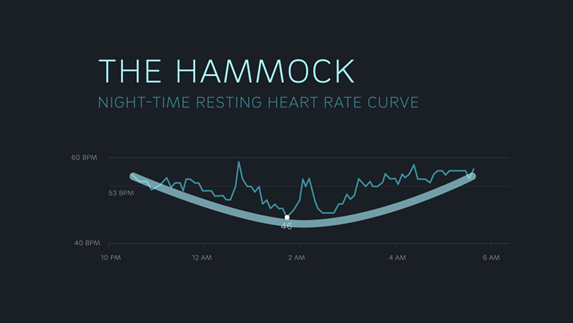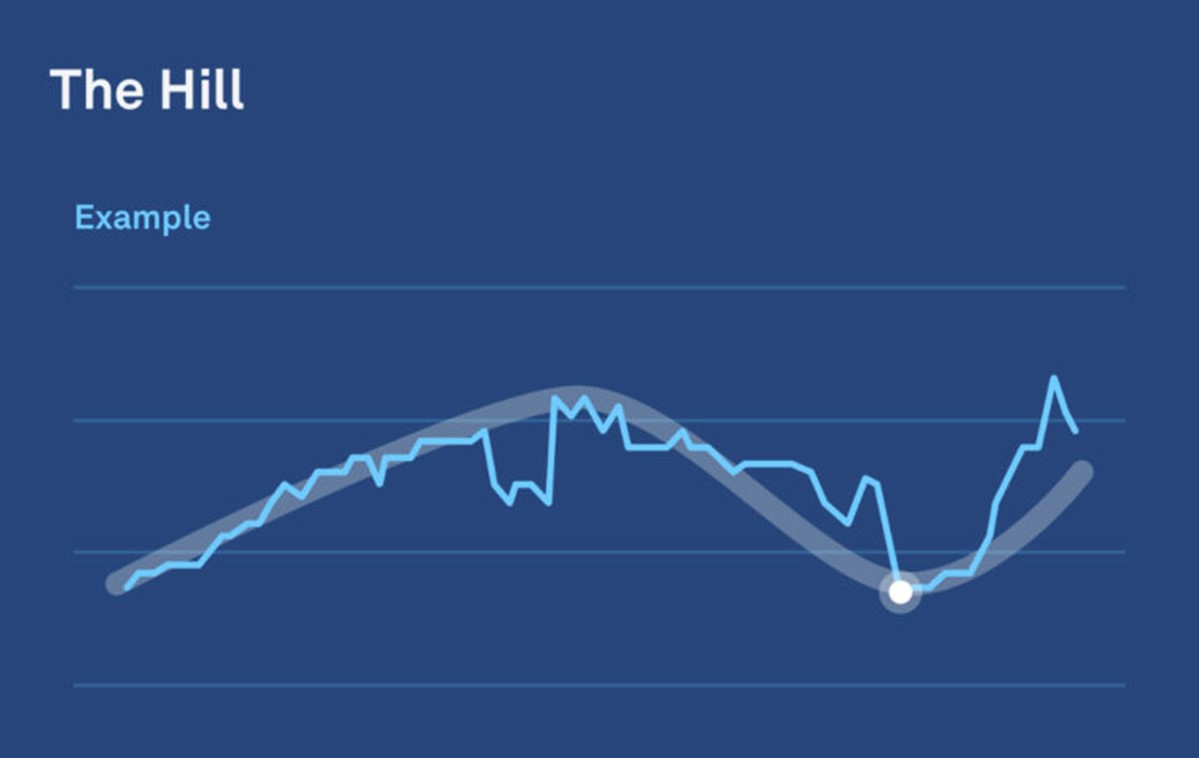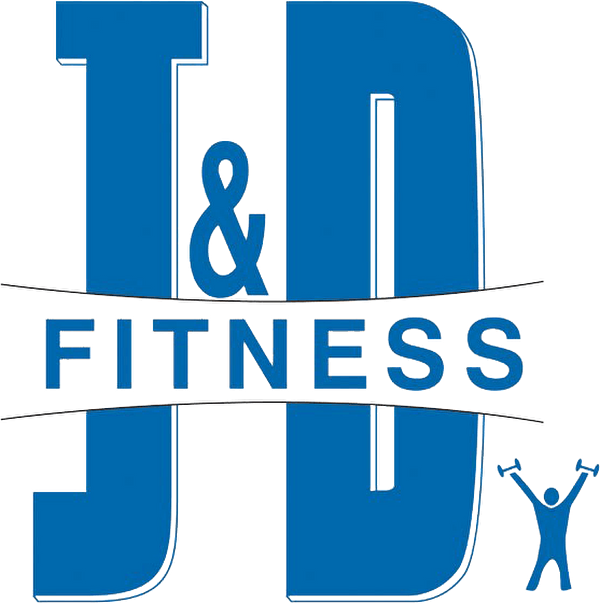In the last month, I’ve had a couple of scenarios where understanding how exercise, alcohol, and stress (environmental, emotional) affect my body allowed me to make decisions on how I should train. A few years ago, I purchased an Oura ring to monitor my sleep. I’ve written about this before. It was after reading the best-selling book by Dr. Matt Walker, Why We Sleep, that I understood the value of proper rest for optimal performance. During the last couple of years, I’ve observed how eating late and alcohol consumption can negatively affect my sleep. For example, my hours at the studio require me to eat late three nights a week. On those days I eat larger lunches and have smaller dinners. Regarding my alcohol intake, it’s allowed me to be more strategic about how much and when I decide to have a drink. This past Friday, I met a couple of friends for drinks, understanding that those two beers would have a negative impact on that night’s sleep and that I may want to avoid alcohol on Saturday. Overall, the one thing I have struggled with is listening to the feedback I get based upon my resting heart and heart rate variability (HRV). I’m in my 33rd year of being a trainer. Part of what makes me “Doug” is that I ignore what my body is saying and push through, even when I don’t want to. Contrary to what many people think, I’m like many of you, and have days that I’m just not in the mood to train. But have I done more harm in the past when I ignored the signs that I needed rest?
Tracking your resting heart rate first thing in the morning is a good metric in understanding how well your body has recovered from the previous day’s stress. There’s a reason doctors check your pulse during a physical. What they can’t tell from simply checking your resting heart rate is the amount of time it took for it to lower during your sleep. Normal resting heart for adults can range anywhere from 40-100 beats per minute (bpm). Intense training, a late meal, elevated body temperature, or even thoughts and emotions, such as stress or excitement, can keep your heart rate up during your sleep. In one of the sleeping scenarios called the hammock curve, your body relaxes, and your blood pressure and heart rate begin to drop once asleep. Your lowest resting heart rate occurs near the midpoint of your sleep when the amount of melatonin present reaches a peak. As you wake in the morning, your heart rate begins to rise. The hammock curve is a sign that your body is relaxed during the night. This is what we all should strive for.

A consistent elevated heart rate, or the Uplands, is a sign that your body is under strain, and can prevent your body from getting optimal rest and recovery. This happened to me while traveling a couple of weeks ago. I was in LA attending a conference and was suffering from an attack of seasonal allergies. My heart rate and body temperature were elevated. Add to the mix that I was sleeping in a foreign bed, and I woke up the next morning not feeling too energetic. I was planning to hit the exercise bike in the hotel gym that morning, but opted not because of the additional strain it would have put on my body. Exercise is usually my elixir for most ailments, but I chose not to use it in this situation and felt better about it.
Another sleep pattern that tells you to take it easy is the hill pattern. This is when your resting heart rate increases right after you fall asleep. This is a sign of exhaustion. This can happen from going to sleep past your normal bedtime or from experiencing an exhaustive day. This pattern

shows the effects of increased melatonin- the hormone that aids sleep- and lower blood pressure. This communication from your body can serve as a warning of sorts, letting you know that you need to take it easy for a day. In the past, I would ignore this message, which would keep me in a negative trend of feeling beat over a period. I’ve learned to listen to what my body is telling me and align the intensity of my activities with what this data is telling me. In this state, I may still train, but I approach the workout not trying to hit any personal best that day.
The moral of the story is that without tracking any of this I would have just stayed on my path of muscling through the day regardless of how I felt. Tracking allows me to adjust how I approach my daily activities. Understanding how backing off sometimes allows me to recover better for the long term is a better strategy. I’m not stuck on any particular device, but I do believe you should have something to track your sleep and daily recovery. Next week, I’ll discuss heart rate variability and the role that plays in recovery.
I’ll see you at the studio.
